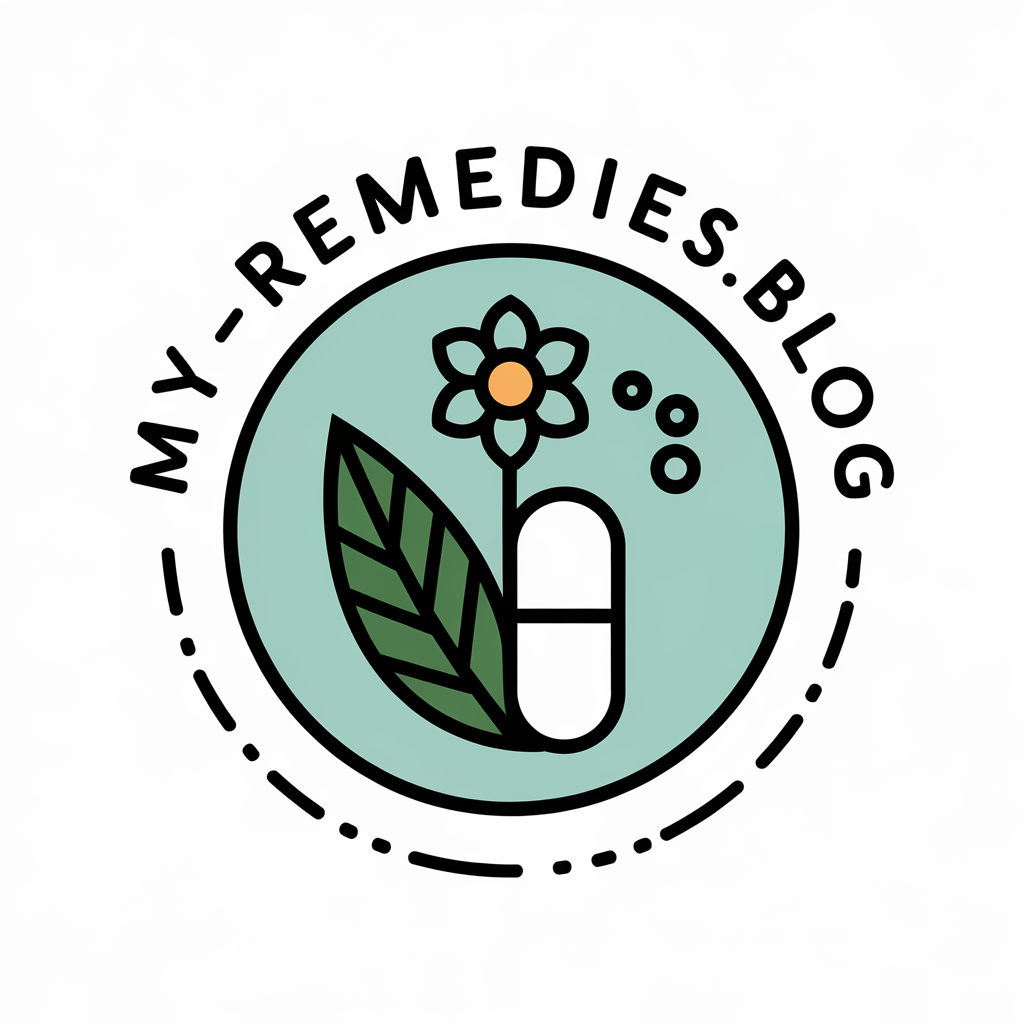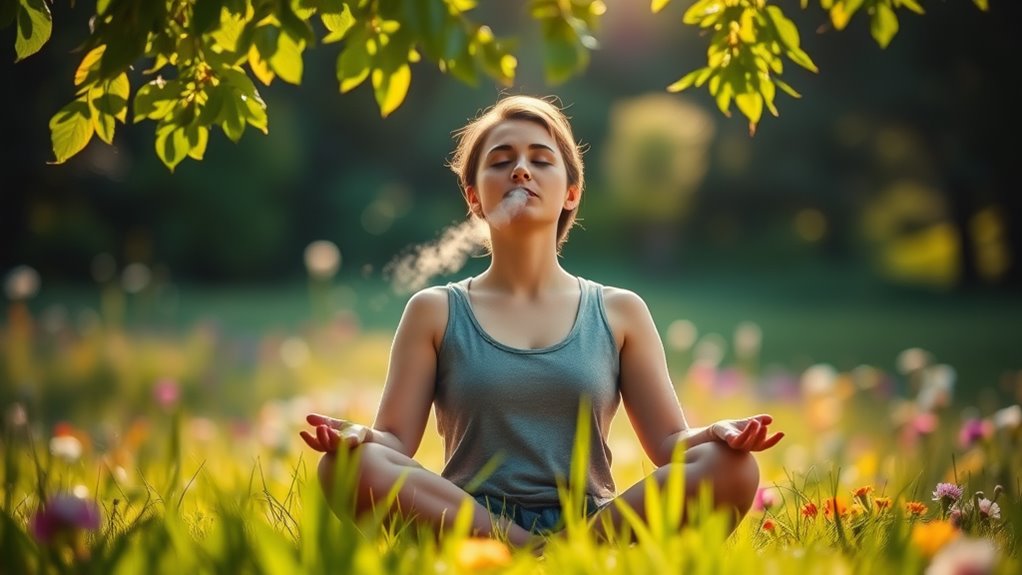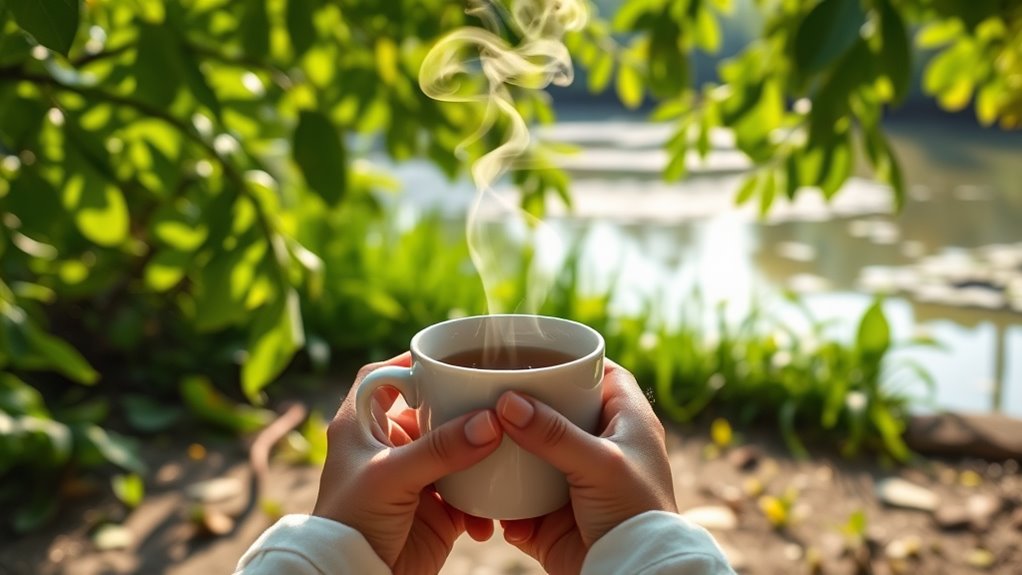Combat Stress Fast With This Breathing Trick
Stress can feel like a tidal wave crashing over you, leaving you gasping for air. But what if I told you there’s a simple breathing trick that can help you regain control in just a few moments? By harnessing the power of your breath, you can activate your body’s natural relaxation response. Understanding how this technique works and how to incorporate it into your daily routine can be a game-changer for your well-being.
Key Takeaways
- The 4-7-8 breathing technique involves inhaling for four counts, holding for four, and exhaling for six, promoting immediate relaxation.
- This technique activates the parasympathetic nervous system, countering stress responses and lowering cortisol levels quickly.
- Practicing controlled breathing increases oxygen flow to the brain, enhancing clarity and emotional regulation during stressful moments.
- Regular use of this breathing trick helps build resilience, reduces anxiety, and improves overall mental well-being.
- Integrate the technique into daily routines, like during commutes or meals, to form a consistent stress management habit.
Understanding Stress and Its Impact on the Body
How often do you feel the weight of stress pressing down on you?
Stress affects your body in numerous ways, from triggering headaches to disrupting sleep.
When you’re under pressure, your body releases hormones like cortisol, leading to tension and fatigue.
It’s essential to recognize these signals, as prolonged stress can weaken your immune system and impact your mental health.
Incorporating stress relief breathing techniques can help counteract these effects. By focusing on your breath, you can calm your mind, reduce anxiety, and promote relaxation, engaging the parasympathetic nervous system to foster a deeper sense of tranquility.
The Science Behind Breathing Techniques
Breathing techniques aren’t just simple exercises; they’re backed by science that highlights their effectiveness in managing stress.
When you focus on your breath, you’re activating the parasympathetic nervous system, which counters the stress response.
Focusing on your breath activates the parasympathetic nervous system, effectively countering the body’s stress response.
This shift reduces heart rate and lowers cortisol levels, allowing you to feel calmer.
Studies show that controlled breathing can enhance oxygen flow to the brain, improving clarity and emotional regulation.
By engaging in these techniques, you’re not just alleviating immediate tension; you’re also training your body to respond better to stressors in the long run. Additionally, the 4-7-8 breathing technique is a simple and powerful tool that can provide instant anxiety relief.
Understanding this science empowers you to take charge of your well-being.
Step-by-Step Guide to the Breathing Trick
Three simple steps can guide you through a powerful breathing trick that helps manage stress effectively.
First, find a quiet space and sit comfortably with your back straight. Close your eyes and focus on your breath.
Second, inhale deeply through your nose for a count of four, allowing your abdomen to expand. Hold your breath for a count of four.
Finally, exhale slowly through your mouth for a count of six, releasing tension. Repeat this cycle for a few minutes. Engaging in this technique helps ground you, allowing clarity and calmness to replace overwhelming feelings. You’re taking a positive step forward. Additionally, this method is similar to the 4-7-8 technique, which has been shown to activate the body’s natural relaxation response and reduce stress hormones.
Benefits of Practicing This Breathing Technique
Practicing this breathing technique offers a multitude of benefits that extend beyond just managing stress. It can enhance your overall well-being, improve focus, and promote emotional balance. By taking just a few moments to breathe intentionally, you’ll notice improvements in your mental clarity and physical relaxation. Additionally, research validates that regular mindfulness practices can significantly reduce stress, leading to a more peaceful mental state.
| Benefit | Description | Impact |
|——————-|———————————–|————————–|
| Stress Relief | Lowers cortisol levels | Reduces anxiety |
| Improved Focus | Increases oxygen flow to the brain| Enhances productivity |
| Emotional Balance | Regulates mood | Promotes resilience |
Incorporating this simple practice can profoundly transform your daily life.
Tips for Incorporating Breathing Exercises Into Daily Life
How can you seamlessly weave breathing exercises into your busy day?
Start by setting reminders on your phone for short breaks, like during lunch or between meetings.
Set phone reminders for brief breaks during the day to practice breathing exercises and refresh your mind.
You can practice deep breathing while waiting in line or even during your commute.
Pair your breathing exercises with daily activities, like stretching or meditating in the morning.
Make it a habit by linking it to existing routines, such as before meals or bedtime.
Don’t underestimate the power of a few intentional breaths; they can ground you amidst chaos. Incorporating breathing techniques into your daily life can build resilience against stress over time.
Integrating these moments into your life can build resilience against stress over time.
Additional Relaxation Techniques to Consider
While breathing exercises can significantly enhance your stress management toolkit, there are other relaxation techniques that can complement these practices.
Consider mindfulness meditation; it helps you stay present and reduces anxiety.
Progressive muscle relaxation, where you tense and then relax each muscle group, can also alleviate tension.
Gentle yoga or stretching can release physical stress while promoting mental calmness.
Additionally, engaging in creative activities like drawing or writing allows for emotional expression and distraction from stressors.
Incorporating these techniques into your routine can provide a holistic approach, helping you navigate stress with greater resilience and ease. Moreover, combining these methods with breathing exercises can create a powerful synergy for relaxation and stress relief.





